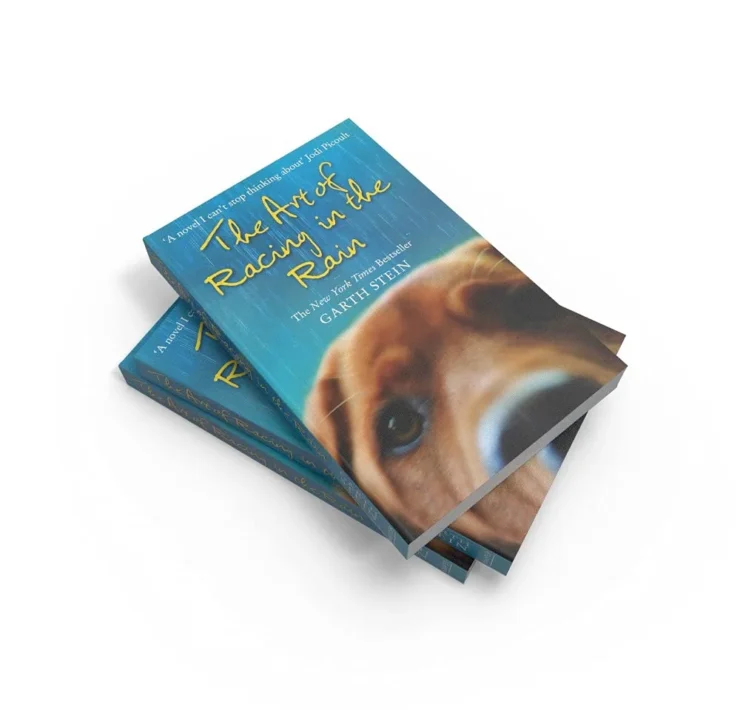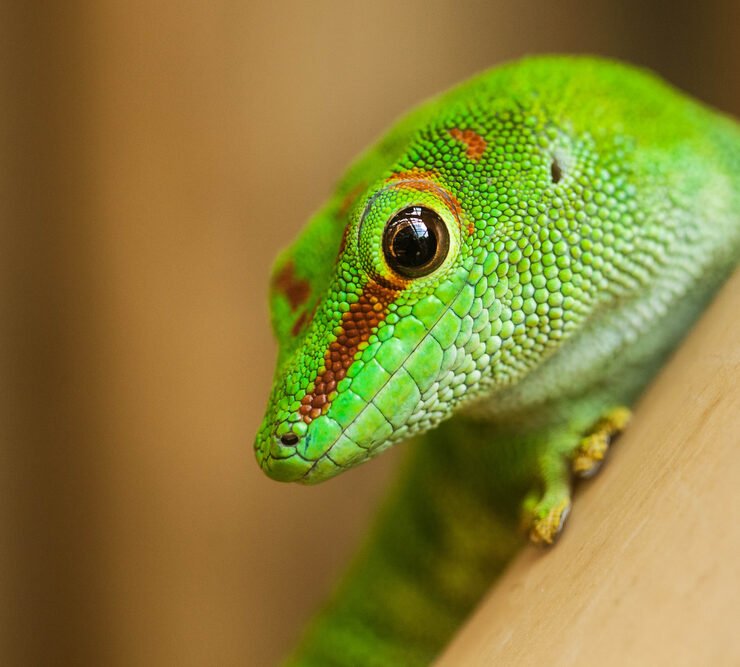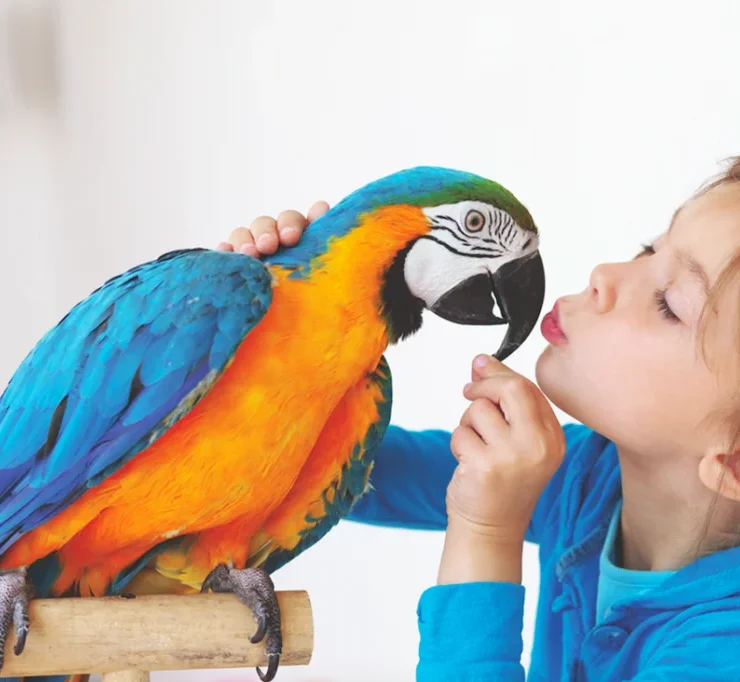Grounded in (Virtual) Reality


Anyone who has ever watched the Matrix films has, I am sure, imagined what it would be like to be able to enter a world in which anything is possible and to experience the seemingly impossible. Virtual reality, long the dream of nerds the world over and a technology that for so long has promised so much yet never really delivered looks set to actually make such lofty dreams a reality.
With the recent news that social media giant, Facebook, has agreed to buy virtual reality headset developer, Virtual VR, maker of the Rift, it seems that virtual reality is in everyone’s thoughts yet again, with applications beyond simply gaming. In fact, uses potentially exist for VR in both veterinary and pet care.
What exactly is virtual reality (VR) and why is it even relevant to anyone who is not obsessed with computer games? When we think of VR the vast majority of us think of kids playing computer games in which they are able to run around a digital world shooting aliens, or the like. Beyond that, it doesn’t really seem to offer any useful applications. VR involves entering a fully immersive digital environment, in which everything that the viewer sees is virtual, in contrast to augmented reality (AR), which sees digital (virtual) information overlaid onto the real world, augmenting it whilst retaining a real-world grounding. Applications of this technology are already in existence, with Google Glass being the obvious example, and there are loads of additional examples that can be given, including use in professional training.

Virtual reality, in contrast to AR, does not have the constraints of the real world with which to work and so users can be transported to any environment, scene or experience that can be imagined. I have already alluded to the fun applications, such as experiencing what it would be like to have superpowers, but it is the more grounded uses that I shall delve into in more depth here.
As with most multimedia, the key uses are in education, training and entertainment. The main use that I can see pertaining to veterinary is in the training of both new vets and also for continued professional development of existing vets. There are certain aspects of vet training that are often costly, messy, ethically precarious or just downright inconvenient, such as anatomy training using cadavers. Replacing, or certainly supplementing, such methods of teaching with a fully immersive digital experience have clear advantages. A virtual cadaver can be sourced at the click of a button, with no limit to the number of specimens students could train on, and can be changed quickly and easily so that training vets can appreciate the surgical anatomy of a range of species, shapes and sizes. Being fully immersive vets would be able to view, handle and interact in a real-world manner with learning materials, powerfully reinforcing learning and enhancing the benefits of training, something that ultimately improves the quality of veterinary care provided to pet owners.
Further, specialist training could also be delivered via VR, either from the comfort of home or clinic or by attending a dedicated training centre, where a combination of real-world training and digital learning can be delivered. Combined with haptic technologies, the scope for life-like surgical, or simply practical, training is limitless.
In terms of pet care applications, the educational promise of VR is compelling. Imagine being able to prepare for owning a pet for the first time by visiting the ‘VR vet’ and interacting with both a vet and the pet that you are considering taking on before actually committing full-time to the real-world version. Or what about enjoying a leisurely dog walk through a part of the world that you would never normally have the chance to explore, either with a digital VR dog or a representation of your very own pet?
Interested in animals and learning more about them? VR could enable you to immerse yourself in a detailed, content-rich documentary about the natural world. Who knows, maybe in the not-too-distant future we will be conducting virtual consultations with our clinicians, perhaps after they have automatically received your pet’s vital healthcare data sent by their personal health tracking device, something we have discussed in a previous article.
The overlap between the digital world and the real world is widening and it is no longer simply the preserve of the tech-savvy gaming nerd, with the influence of truly exciting and transformative digital technologies being applied more and more to areas of our lives that have a real impact. Healthcare, including that of our pets, is one such area and I look forward to very soon being able to don my VR headset, plug in and explore the possibilities myself.
Chris is a vet, a self-confessed technology enthusiast and a nerd. This level of nerdiness has seen Chris develop his own award-winning iPhone apps for UK dog and cat owners, in addition to writing on a range of technology matters relevant to pets and the veterinary profession. He made the move out to Dubai in early 2013, plying his trade as a small animal vet. When he is not writing, thinking nerdy thoughts or treating animals, he can be found training for and competing in triathlons, kite surfing or jumping from planes in the interest of fun.






